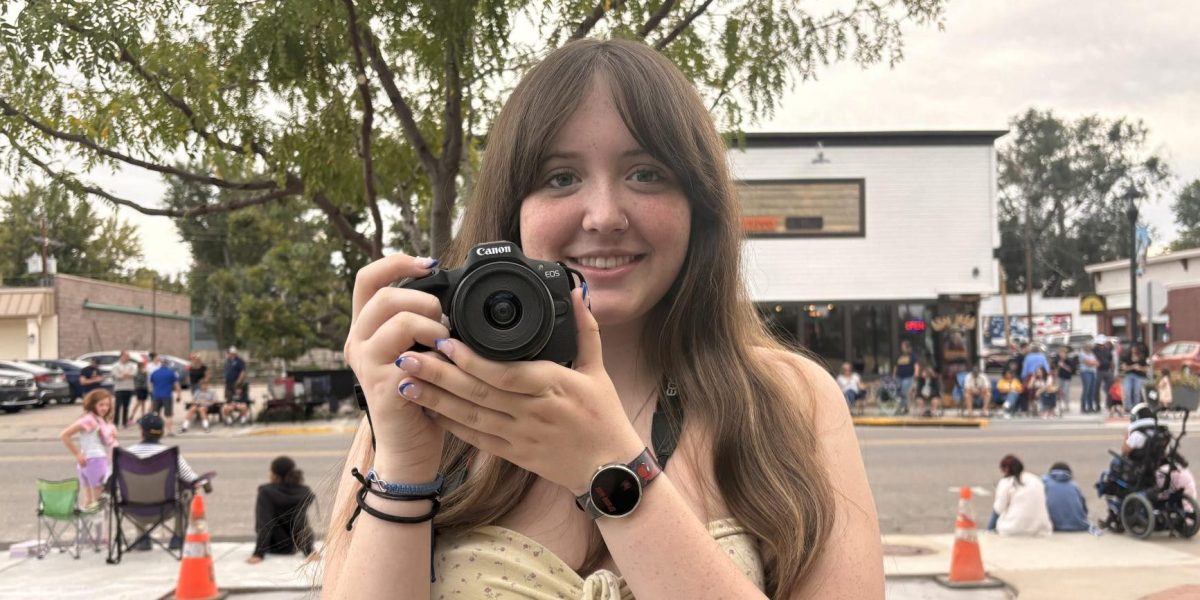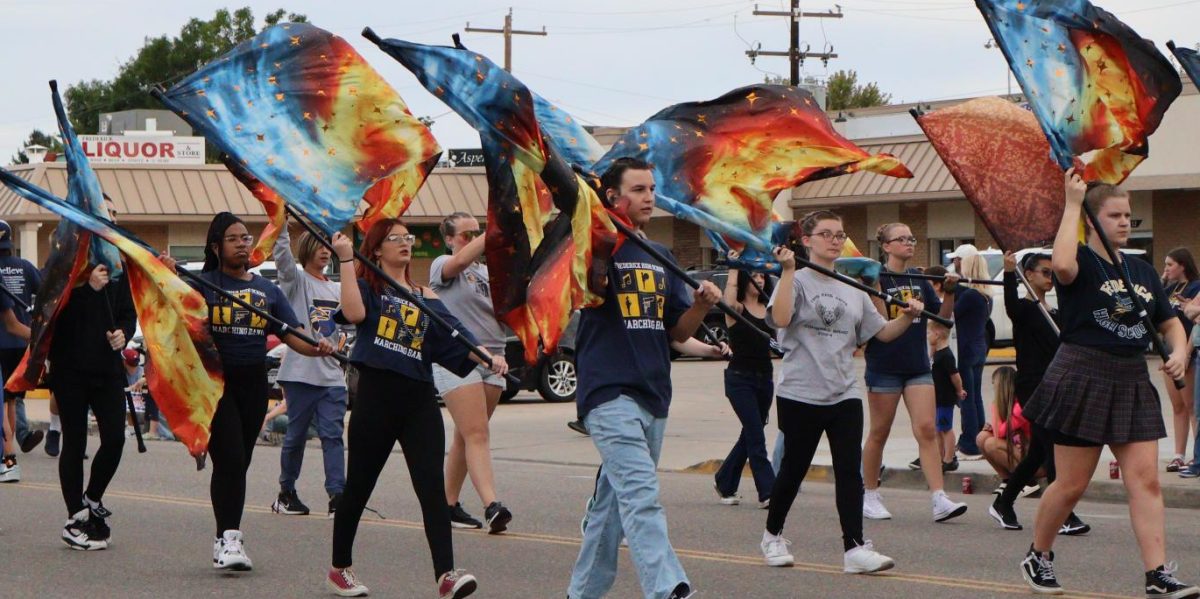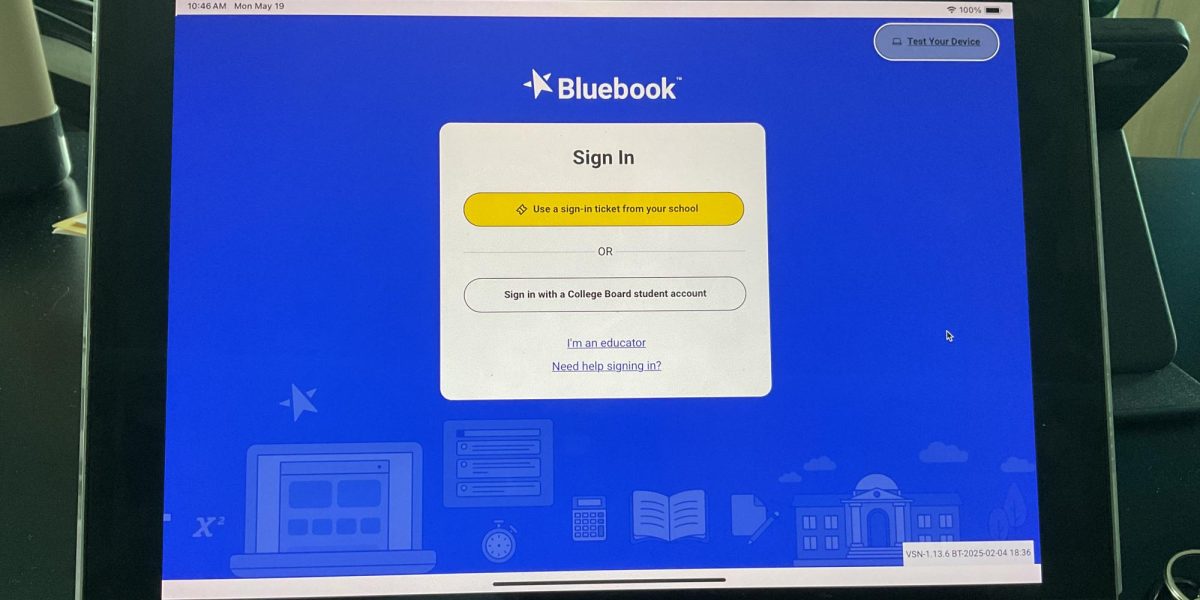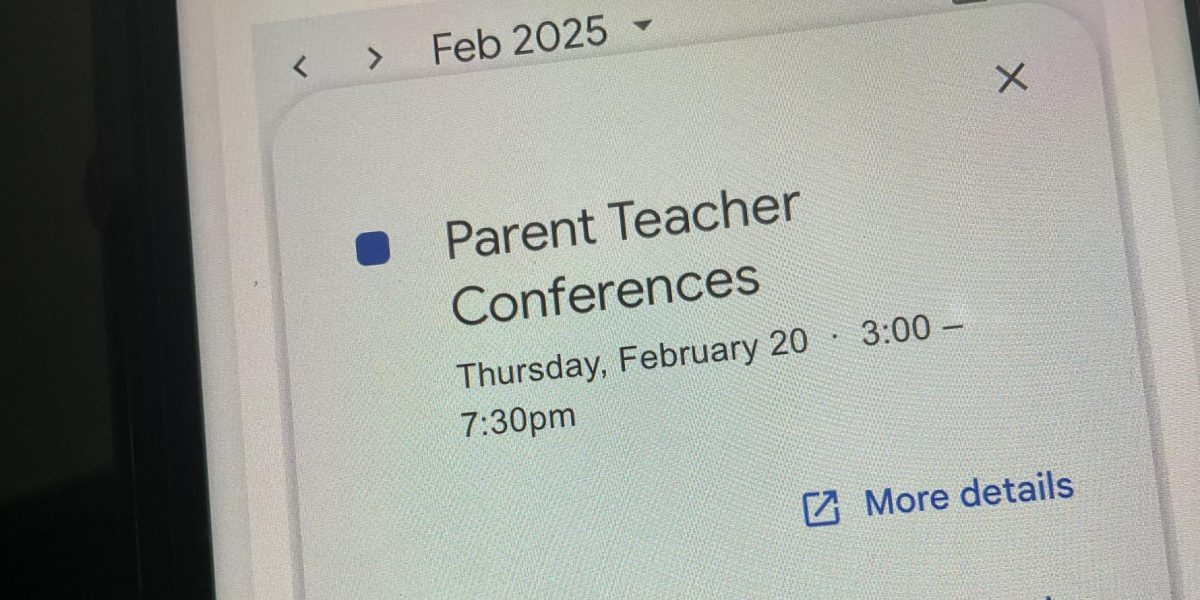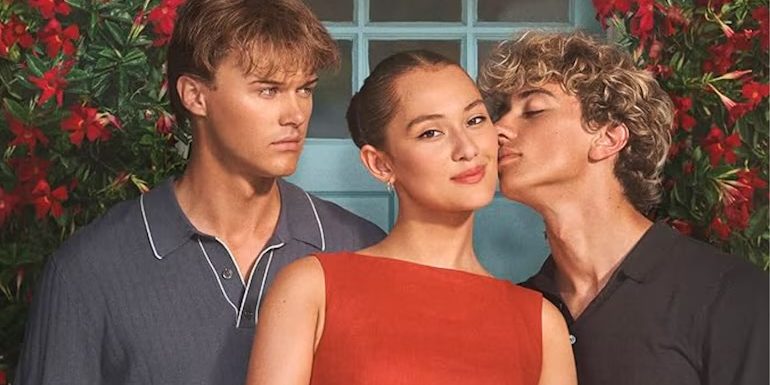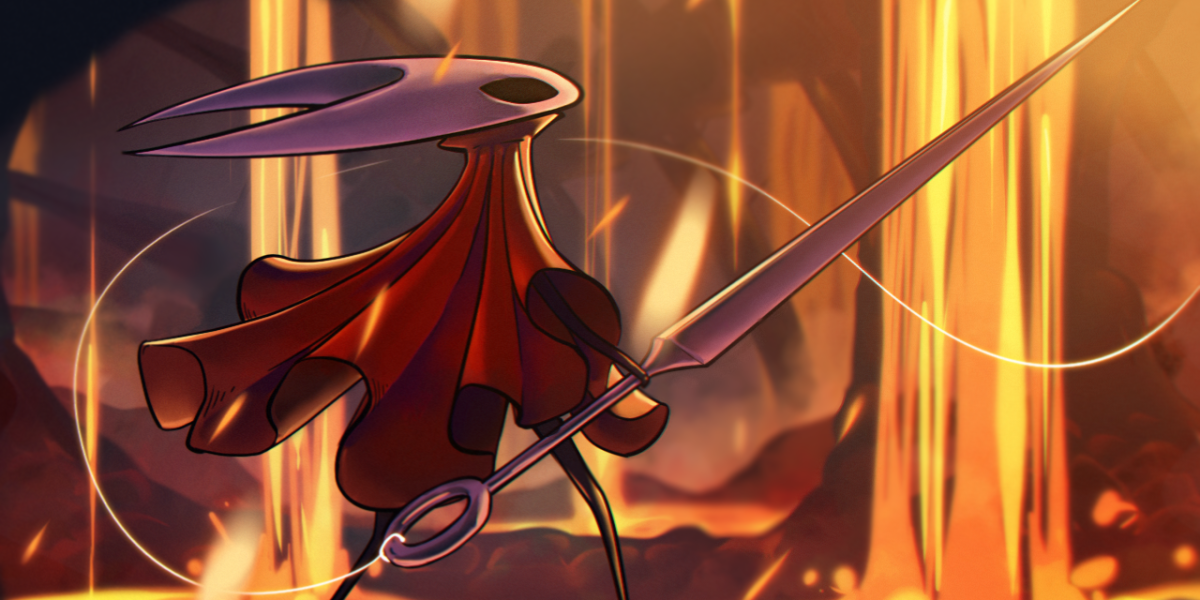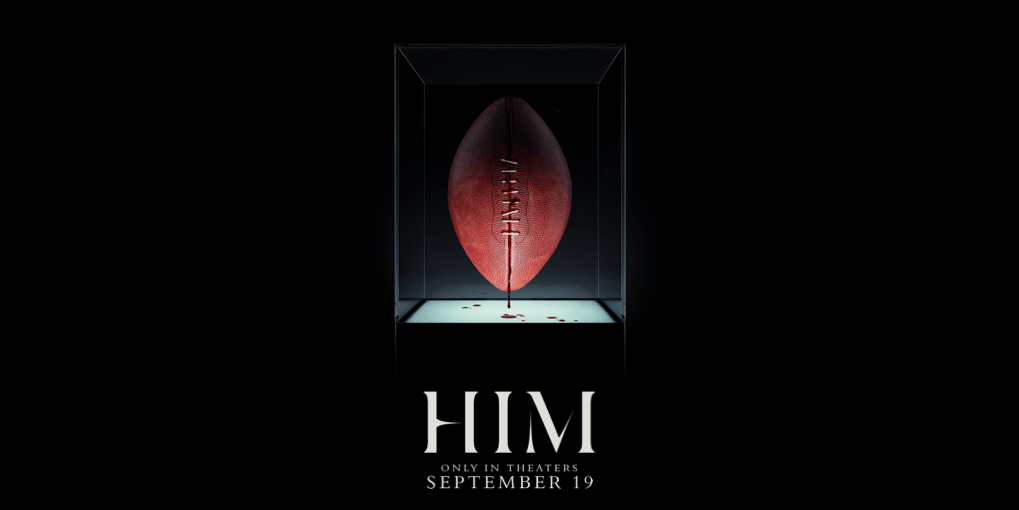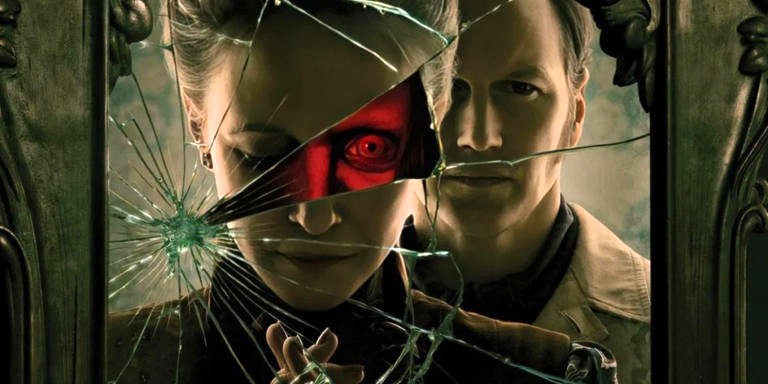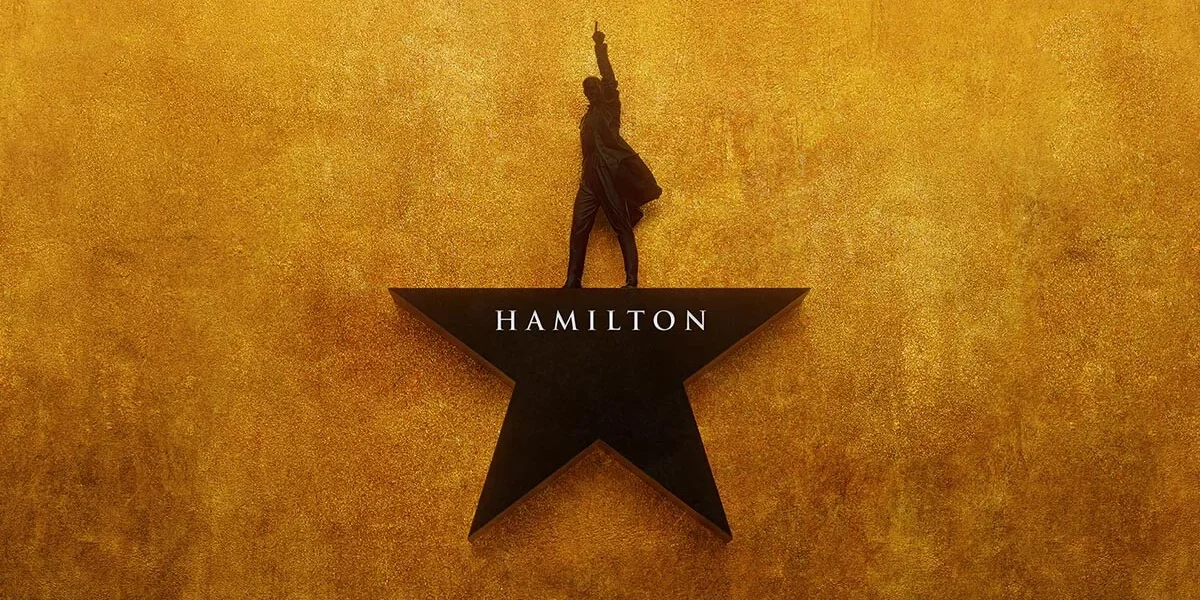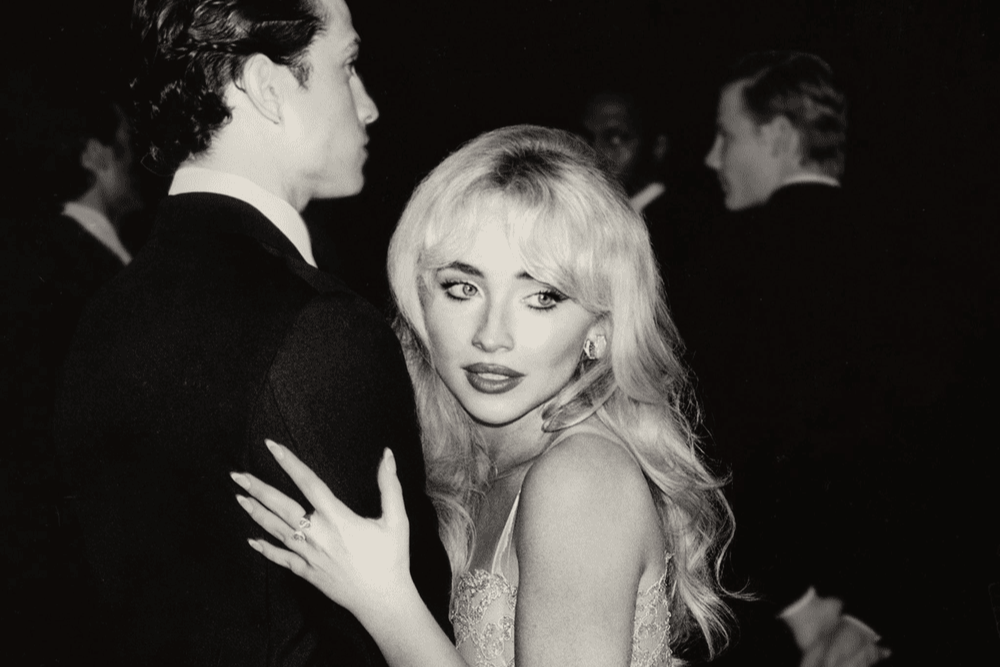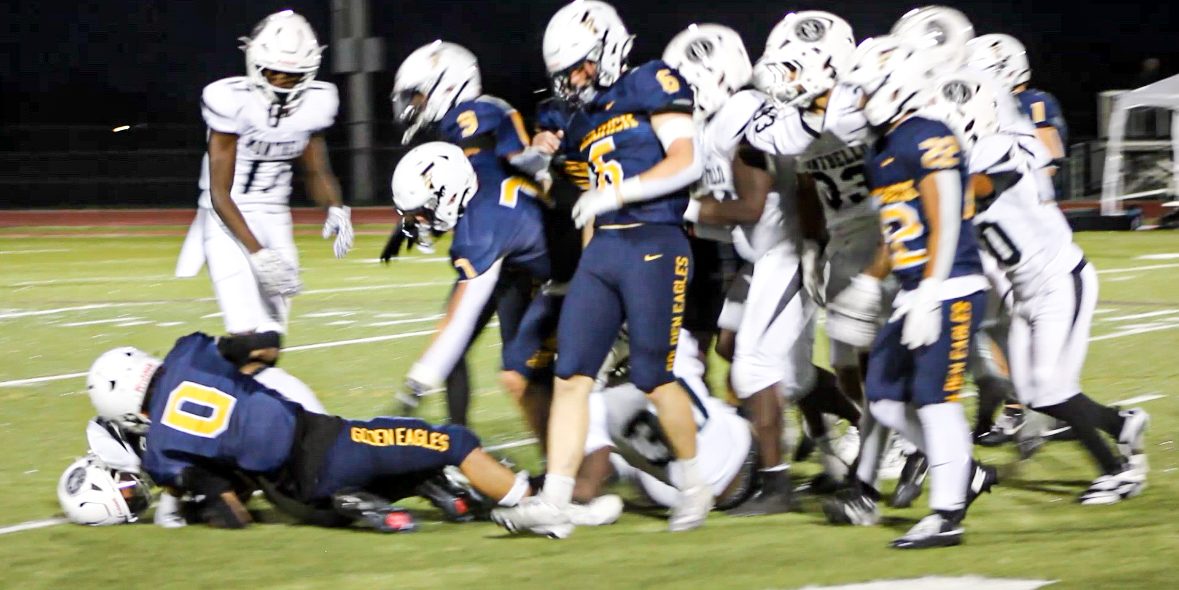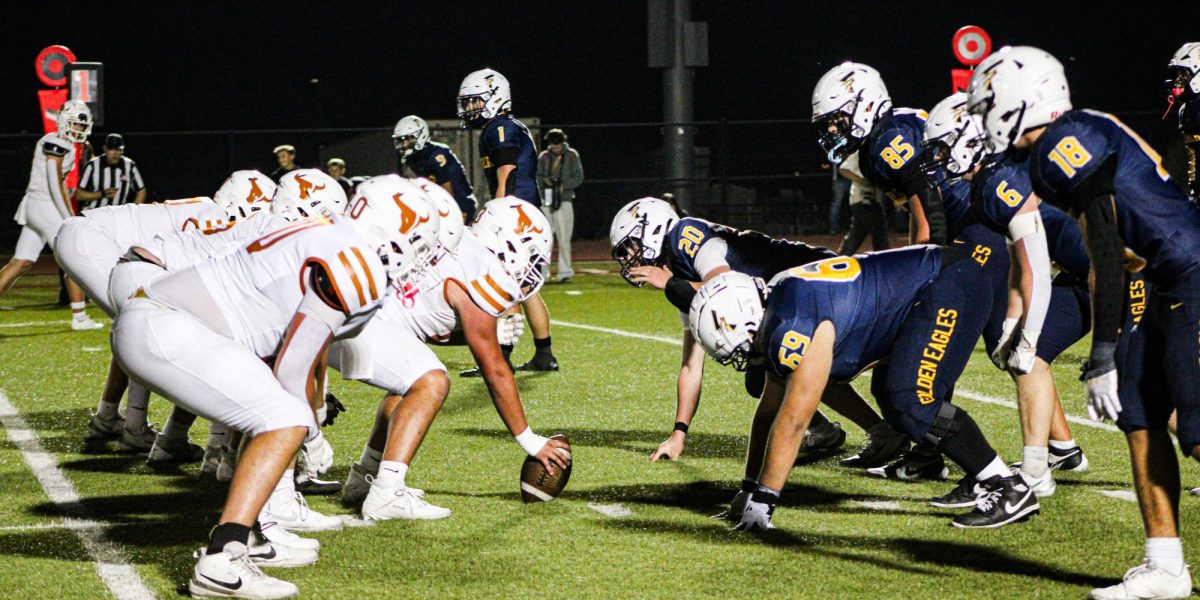The Weeknd’s New Era
A beauty and madness break-up album to heal us through these dark times
Photo courtesy of Republic Records
The cover art for the deluxe edition of After Hours, released by on March 20, 2020. His cover art depicts a villain alone filled with rage and madness representing the songs of anger heard throughout the album.
May 14, 2020
In late March, Canadian singer The Weeknd released his fourth studio album After Hours four years after his previous smash hit album Starboy. It was quick to hit the top of charts coming in at number one on the US R&B/Hip-Pop albums chart and US Billboard 200, as well as number one in 16 countries. Artists are known for entering new eras for each of their albums, and The Weeknd is no different. While his first album Trilogy is more of a slow pop album, he switched tones with his second and third album by making more upbeat party songs like “I Feel it Coming” and “Can’t Feel My Face.” His latest album marks another change in tone for the artist: it has no features and has more of an 80s vibe with pulsating sub-bass, hard beats, and echos. This change is dark, deep, and ultimately enjoyable.
This album is definitely a darker side of The Weeknd based on the bloody-faced cover and promo videos. In a recent interview, he said that he would be making “no more daylight music.” He creates a true album experience by telling a story based on the order of the fourteen tracks, and a deeper meaning can be heard in this album. The first two songs to kick off the album, “Alone Again” and “Too Late,” are slow and quiet songs, introducing the R&B style The Weeknd is known for. The next song “Hardest to Love” sounds as if it was plucked from the ’60s pop charts with its spiraling chorus. The album then transitions to “Scared to Live,” a slow quiet track inspired by Elton John’s “Your Song.” Ending the slow songs on the album is the fifth track “Snowchild,” where he sings about his early days living in Toronto and trouble-filled teen years.
Halfway through the album, we start to hear more upbeat pop songs like “Heartless” and the first single off this album, “Blinding Lights.” These two songs have shown to be two of the biggest hits on this album across the charts–“Blinding Lights” was released in late November and is still in the Top 10 on Billboard 100. “Blinding Lights” is the benchmark for a new chapter in the album with its ’80s type beats and vocals. Following “Blinding Lights” are two more ’80s-based tracks that could have been hits on early MTV, “In Your Eyes” and “Save Your Tears.”
The last two songs wrap up the entire album with an unexpected ending. “After Hours” is one of the most underrated songs on the album; with its upbeat sound and slow soothing voice, it’s a perfect resolution to the slow, deep beginning and pumping pop middle. “Until I Bleed Out” finishes the album on an unhappy ending, creating a collision of New Wave, dream pop, and R& B the represents the album as a whole. Contrast plays a role in each of his albums, and this one shows The Weeknd’s concern with contrast more than ever. Here, the beauty and madness are mashed throughout the album, ultimately telling a story of a quiet R&B artist transitioning to upbeat pop in a new era.
Overall, The Weeknd’s fourth studio album is a hit. Artists that are able to transform into a new genre but still have aspects from previous albums can create something beautiful, and that’s what The Weeknd did with this masterpiece. This album is seen as a break-up album, letting the songs heal through the heartbreak. The best way to listen to this album in order for a story-telling experience, but if you want a good song to listen to over and over, I suggest putting “After Hours” and “Scared to Live” on repeat.














